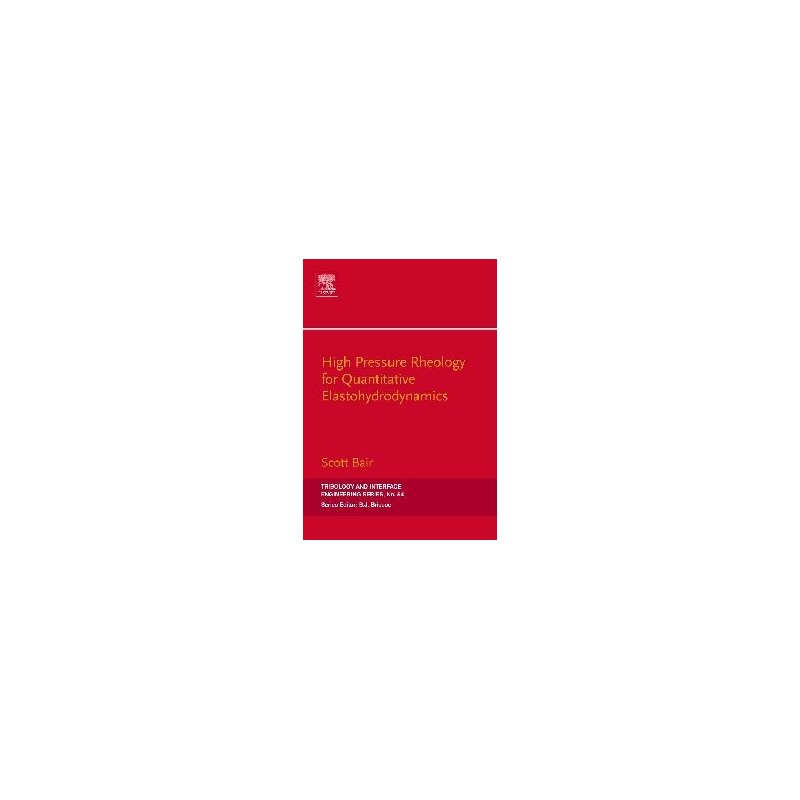- Out-of-Stock



No product available!
No product available!
No product available!
No product available!
Module with a 7-color ACeP e-Paper display with a diagonal of 7.3" and a resolution of 800 x 480 pixels, equipped with Raspberry Pi Pico W. It offers WiFi communication and has built-in buttons with LED indicators, which allows you to build a simple user interface. Included with accessories. Pimoroni PIM671
No product available!
No product available!
The Compute Module 3 Development Kit is for designers who like the Raspberry Pi 3 functionality but need a smaller form factor for their embedded designs. RPI-COMPUTE3-KIT
No product available!
No product available!
No product available!
No product available!
No product available!
5V / 3.1A eXtreme power supply with microUSB plug for all Raspberry Pi computers (including Pi 3 model B and Pi 3 model B +)
No product available!
Permanent cylindrical neodymium magnet with a diameter of 10 mm and a height of 7 mm.
No product available!
No product available!
No product available!
No product available!

